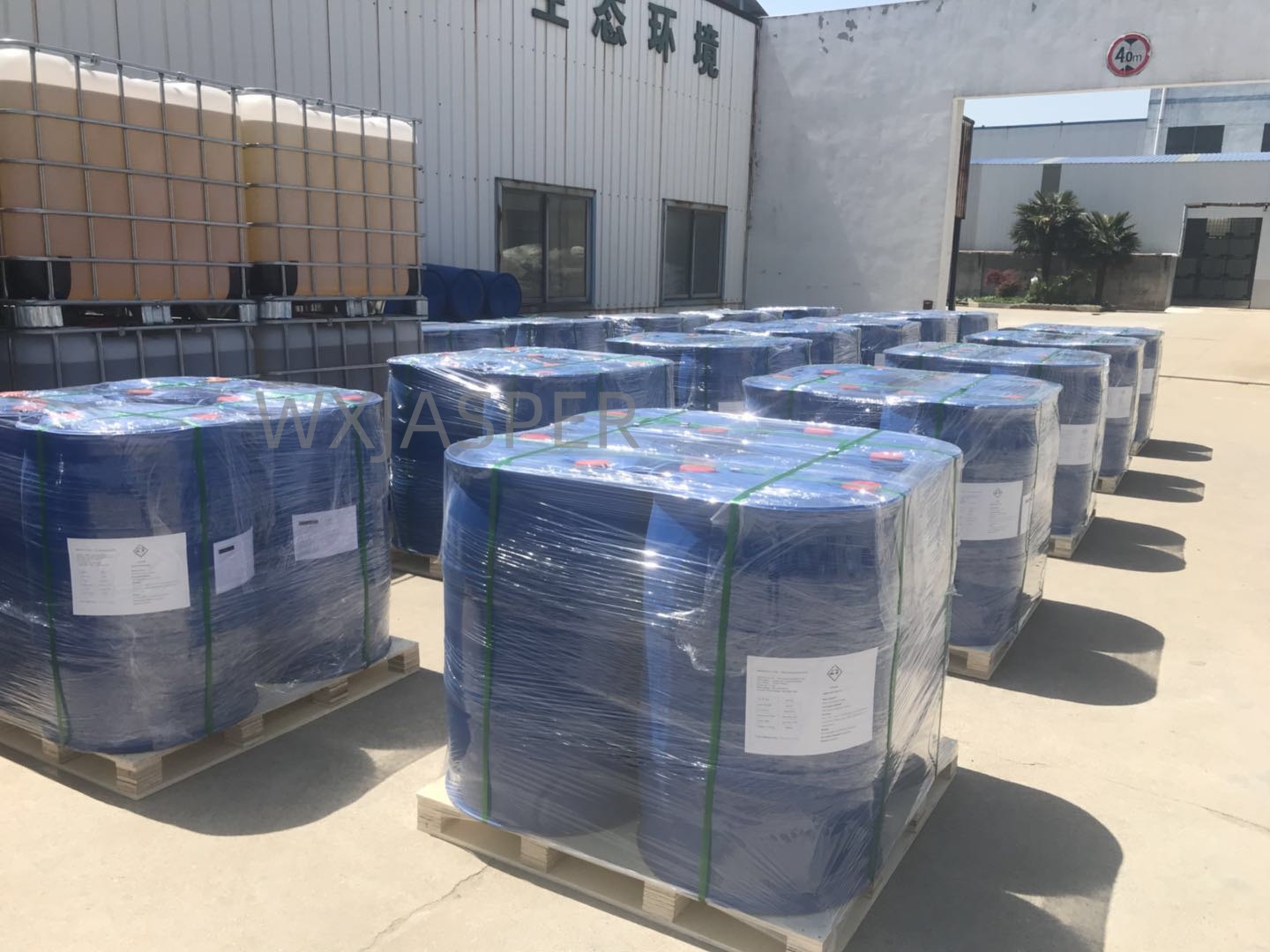Product Details
CasNo: 79-31-2
MF: C4H8O2
Appearance: liquid
Delivery Time: 15 days
Packing: 200kg/drum
Purity: 99%
1. Basic Information
- CAS Number: 79-31-2
- EINECS Number: 201-195-7
- Molecular Formula: C₄H₈O₂
- Molecular Weight: 88.11
- English Name: Isobutyric acid
- Chinese Aliases: 2 - 甲基丙酸 (2-methylpropanoic acid), 二甲基乙酸 (dimethylacetic acid), etc.
2. Physicochemical Properties
- Appearance: Colorless oily liquid
- Odor: Has a strong pungent odor
- Density: 0.95 g/mL at 25℃
- Melting Point: -47℃
- Boiling Point: 153-154℃
- Flash Point: 59℃
- Vapor Density: 3.04 (vs air)
- Vapor Pressure: 1.5 mmHg (at 20℃)
- Refractive Index: 1.393
- Solubility: Miscible with water; also soluble in organic solvents such as ethanol and ether
3. Application Fields
3.1 Food Flavor
It is a permitted food flavor specified in GB 2760—1996 (China’s National Food Safety Standard for Food Additives). It is mainly used to prepare flavors for cream, apples, caramel, cheese, bread, yeast, and other food products.
3.2 Organic Synthesis
It is primarily used in the synthesis of isobutyrate products, such as methyl isobutyrate, propyl isobutyrate, isoamyl isobutyrate, and benzyl isobutyrate. These esters are used as synthetic fragrances and solvents. In addition, isobutyric acid can serve as an intermediate for the production of isobutyronitrile, which is further converted into isobutyramidine hydrochloride—a raw material for the insecticide diazinon.
3.3 Other Fields
It can be used as a textile auxiliary (in the form of salts) and a solvent for various chemical reactions. It is also applied in leather deliming processes and as a disinfectant.
4. Safety Information
- Acute Toxicity: The LD₅₀ (median lethal dose) for rats via oral administration is 280 μL (266 mg)/kg; the LD₅₀ for rabbits via skin contact is 500 μL (475 mg)/kg.
- Irritation: Causes moderate irritation to the skin and eyes.
- Storage and Transportation Characteristics: Package should be intact; handle with care (light loading and unloading). Store in a well-ventilated warehouse, away from open flames and high temperatures. Keep separate from oxidants and alkalis.
- Fire Extinguishing Agents: Foam, dry powder, carbon dioxide, and sand can be used for fire extinguishing.


